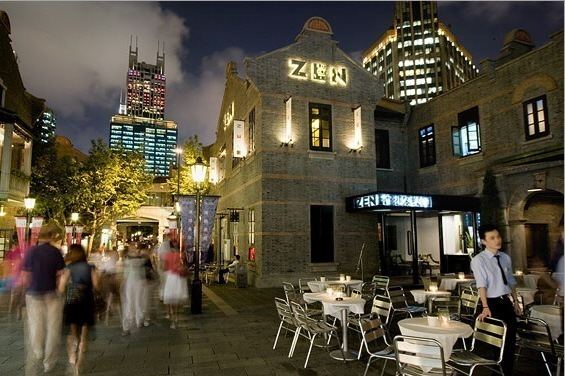1945–2011 → Disestablished 2011 | Established 1945 Area 8.05 km² | |
 | ||
Today part of Part of the Huangpu District | ||
Luwan District (simplified Chinese: 卢湾区; traditional Chinese: 盧灣區; literally: "District of Lu's Bay"; Shanghainese: lu1uae1 chiu1, pinyin: Lúwān Qū), formerly romanized as Lokawei, was a district located in central Shanghai, China until its merger with Huangpu District, Shanghai in June 2011. It had an area of 8.05 km² and population of 350,000 as of 2001.
Contents
Shanghai skyline 2014 jing an luwan and huangpu districts
Location
Luwan district was located directly south of People's Square. The northern part of Luwan included one of the best sections of Huaihai Road, famous for its international fashion shops and high-class restaurants.
History
Luwan was a part of the old French Concession area, one of the most prestigious sections of the city. It was famous for its boulevards. The plane trees lining the main streets were imported from France over 100 years ago. The district included the historical residences of Sun Yat-sen, Mao Zedong, Zhou Enlai, Agnes Smedley and Mei Lanfang, among others. It was announced on June 8, 2011 that the proposed plan of merging Luwan and Huangpu districts had been approved by the State Council. Since the new district would still maintain the name Huangpu, Luwan as a district ceased to exist.
Name origin
The district was named after "Lujia Wan", literally "Lu's Bay", formerly a bend in a local river which had since been covered up. The name survived in bus stops located near the former location of the bay. Known as Lukawei during the French concession period, this was the location of the main police depot and prison of the French Concession.
